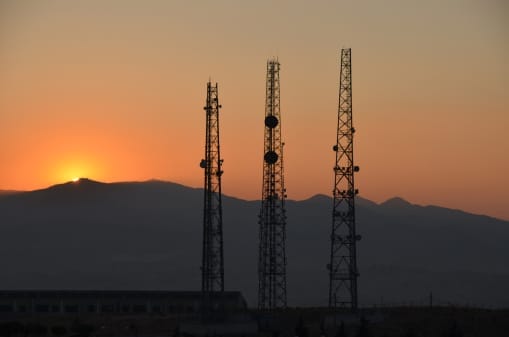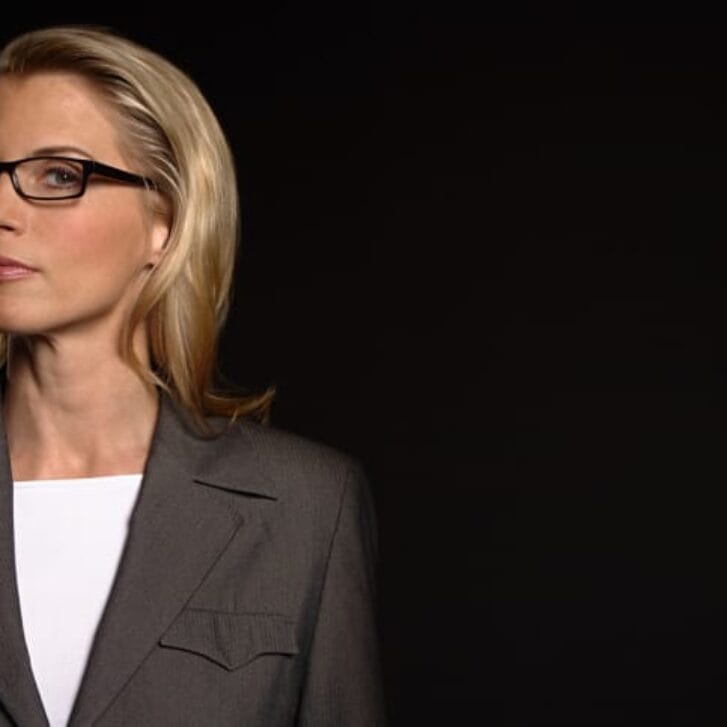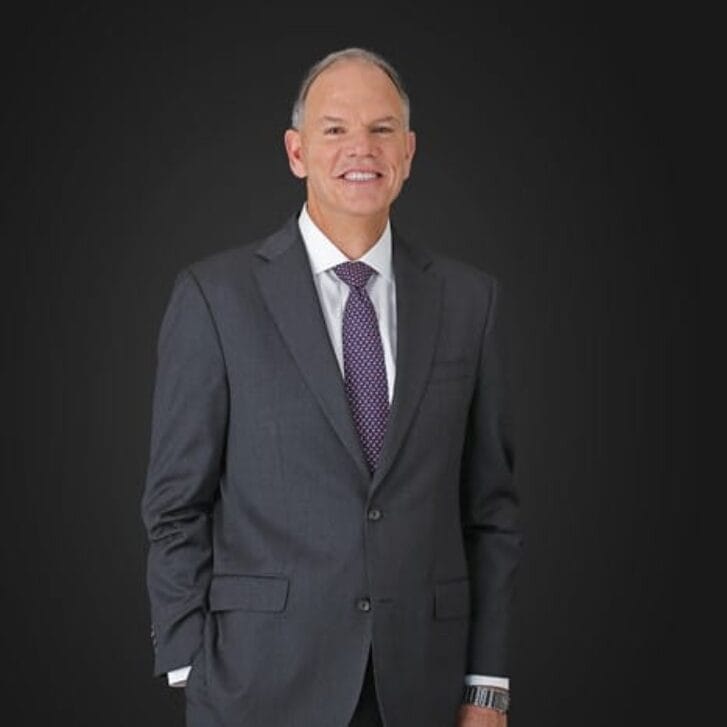In the fall of 2010, Kent Smetters, Boettner Professor and professor of business and public policy, connected a few of us WEMBA students out in San Francisco with Dr. Harvey Rubin at Penn’s Perelman School of Medicine. Rubin had just published a fascinating idea in the New Scientist and was looking for volunteers to work with him to realize his vision. Smetters also brought together a few alumni from Harvard who expressed interest in the project.
This led to the formation of Energize the Chain, a nonprofit formed to eradicate vaccine-preventable diseases worldwide by completing the world cold-chain. The idea was simple: Eradicating diseases like polio and measles in the developing world is constantly challenged by the lack of reliable grid power in these regions, because of which there is a lot of vaccine spoilage. At the same time, these regions are experiencing an unprecedented growth in cellphone penetration into remote and rural areas. We wanted to explore the possibility of co-locating vaccine refrigerators at cell-tower sites in these remote areas to guarantee them power from the cell-tower power source—be it grid power, diesel, solar or battery backup. As a private enterprise, the cell-tower operators are incentivized to keep their towers powered up at all times, and through the right partnership with local health administration, this could be a win-win for all concerned.

Professor Kent Smetters
Since then, our work has come a long way. We have had several productive conversations with the Gates Foundation, Rockefeller Foundation, Centers for Disease Control and Prevention, and other groups in the United States. We launched a successful pilot in Zimbabwe through a partnership with Econet Wireless and are actively learning from that experience. An interview with Rubin was just published in the New Scientist with updates on this project.
We are in the process of seeking seed funding to visit India and Kenya to create detailed pilot plans for launch in these two countries to present to foundations for multiyear grants. We have exploratory conversations on in full swing with Karuna Trust and Vodafone Foundation in India and the CDC and Safaricom in Kenya.
A lot of interesting work still needs to be done—on the public-health and immunization front, on cell-tower-power availability and ground-level logistics, as well as to see what cutting-edge technologies can be applied in this context to make the most impact.

























